The challenge behind designing Southeast University was to accommodate its vast requirements in a tight urban land in Dhaka, within an area recently converted into commercial and institutional use from industrial. The principle adopted was to grow the campus vertically while creating a central nucleus that stimulates the learning environment of the university by engaging the students. The central void creates inspiring spaces through different dimensions like hierarchy of spaces, visual and spatial connectivity, daylights and most importantly, by creating an identity for the campus community.
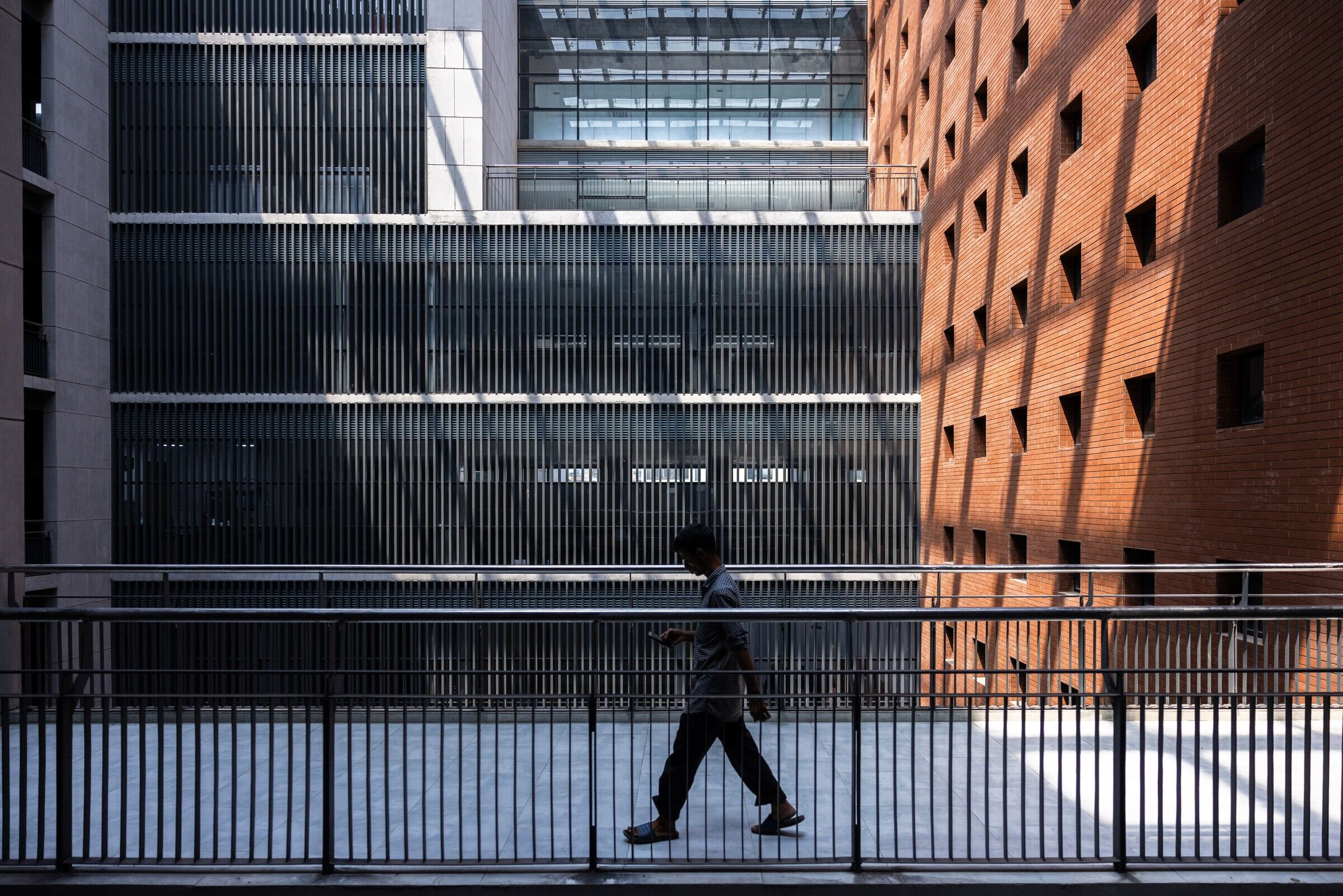

Dhaka is the most densely populated city in world, accommodating 38000 people per square kilometers. The city is still expanding, both in planned and unplanned way while people are moving to Dhaka from other districts in aspiration of getting better education, jobs and opportunities. Dhaka houses more than hundred private universities where most of the campuses lack adquate space. But campuses need proper spaces that advocate educational environment for students. This conflict can overcome through architecture. It helps a campus to thrive in terms of healthy, balanced and engaging spatial experience leading towards impactful education, which has exactly been the objective of Cubeinside for this project. Students need informal spaces other than formal educational spaces and they need identity to carry on which boasts their morale. Hence the classroom and other formal spaces are arranged around the central void, crafting a space tailored for the heart and soul of the student community.


The context of the building is Tejgaon which is a former industrial area. This phenomenon created a profound impact on the design, reflected strongly in the building façade and overall campus character. The building is kept essentially introvert to preserve the campus integrity while creating meaningful spaces that connects the building with surrounding. Students enter through a controlled access and immerse themselves in the curious central space. While the campus grew vertically around the central void, the classrooms and labs are placed around it. Ground floor houses most of the common facilities and first floor is mostly administrative. From second floor on, the core classrooms and labs are situated, putting the Board floor at ninth floor. Corridors, bridges and terraces are beautifully articulated, not only creating optimized physical connection, but also ensuring the invisible connection between students that make great community.

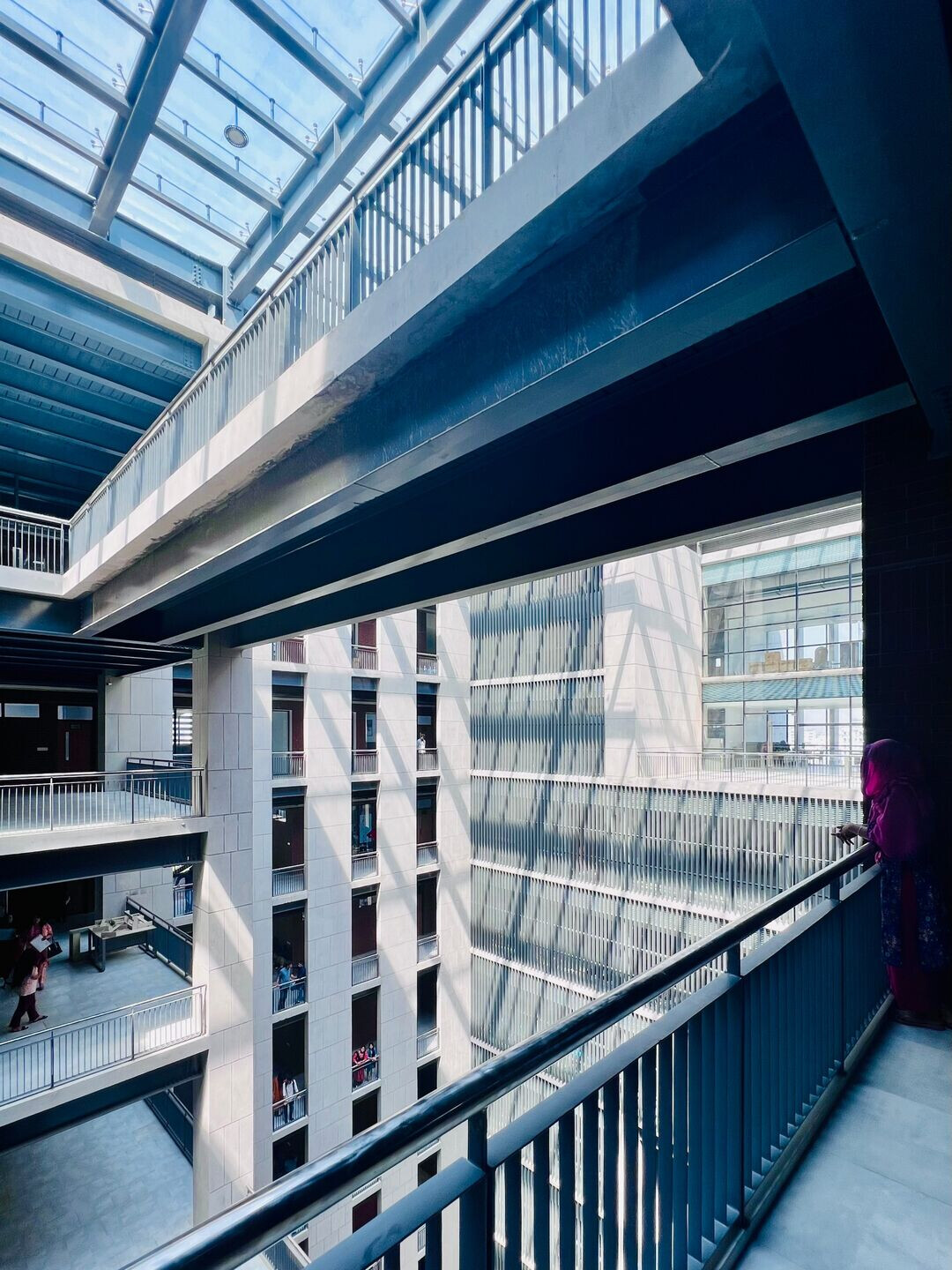
The cost of higher education is soaring high every passing day. The rise in the construction and maintenance cost eventually makes students to pay higher tuition fees. The design of SEU was conceived in such a way that it reduced the construction cost by adopting available construction technique and using local materials, consequently cutting down the maintenance cost substantially. Using daylights and efficient cooling system also make the building sustainable, reducing the long term cost for the university.
Architecture can foster a meaningful relationship and connection between students, teachers and institution by acting as an embracing backdrop – Cubeinside firmly believes on this principle which has driven them in designing a university campus for more engaging and impactful education.
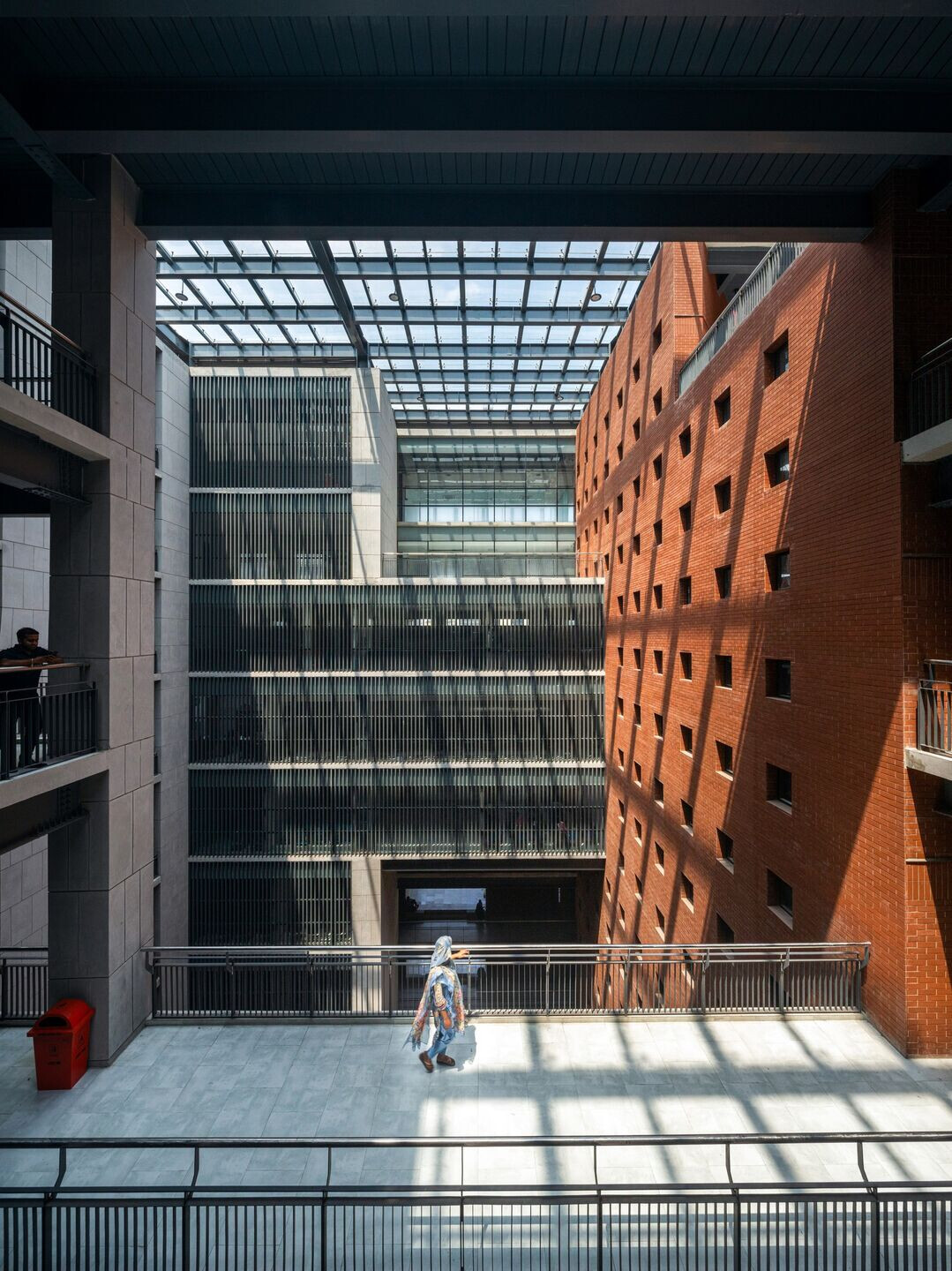
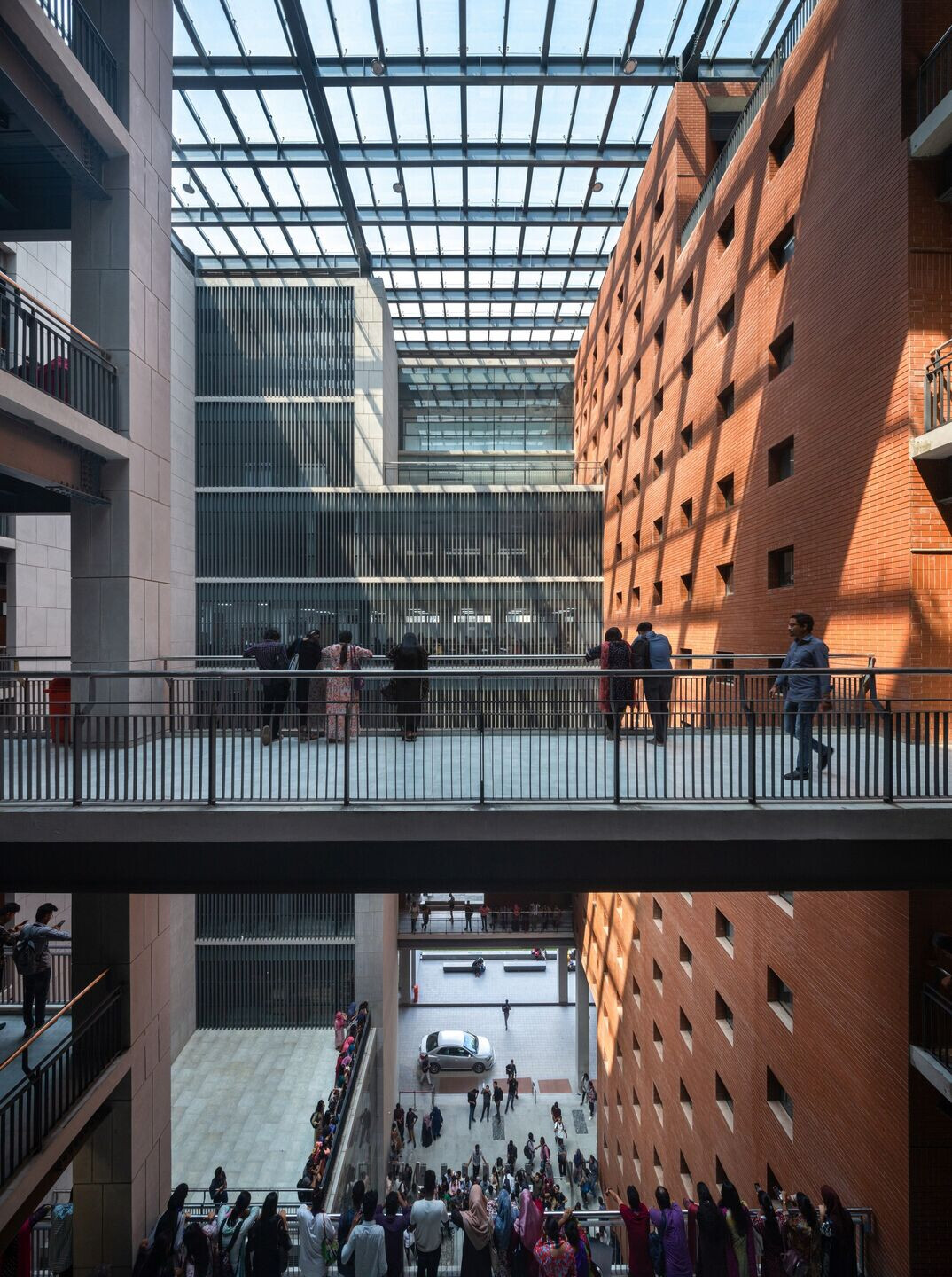
Team:
Architect: Cubeinside
Lead Architect: Khandaker Ashifuzzaman Rajon
Associate Architects: Shakhawat Hossain Rocky, Md. Sharifuzzaman, Mehri Farnaz
Design Team: Asfia Islam, Usama Ibn Anwar
Structural consultant: Nazrul Alam
MEP & HVAC consultant: Idrisur Rahman
Electrical Consultant: Akbar Ali Gazi
Lighting Design: Platform Solutions
Photo credit: Asif Salman, Khandaker Ashifuzzaman

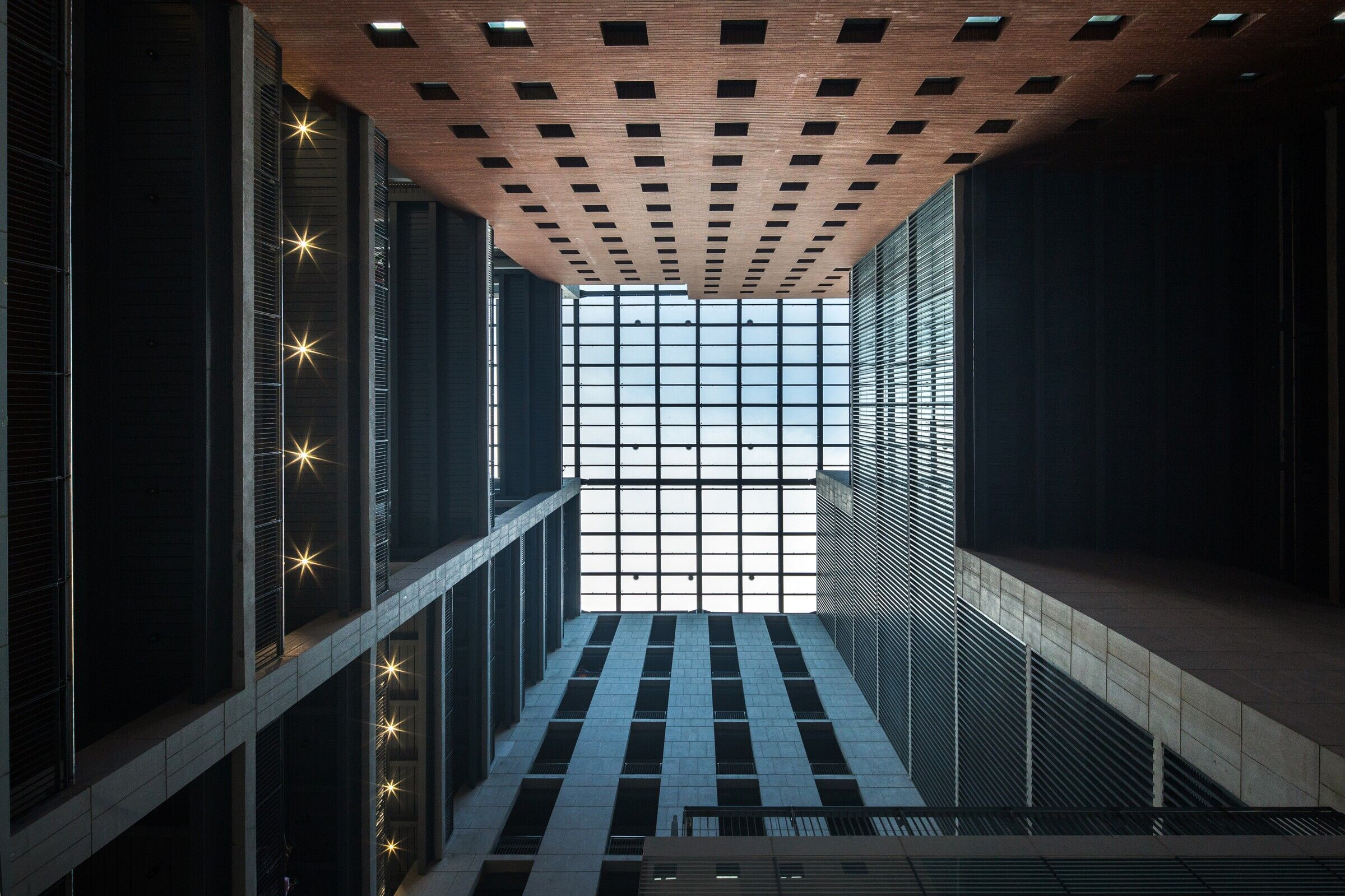
Material Used:
1. Facade cladding: Cladding brick, Mirpur ceramics, Bangladesh
2. Flooring: Tiles, Akij Ceramics, bangladesh
3. Doors: Wooden door, Hatil, Bangladesh
4. Windows: Glazing imported from China, XYZ glass
5. Interior lighting: Local
6. Interior furniture: RFL furniture, Bangladesh




















































